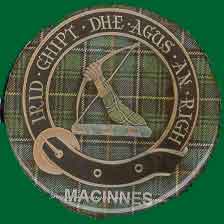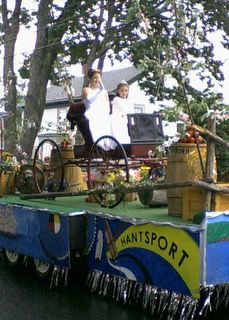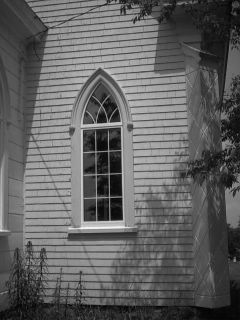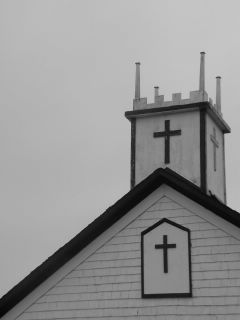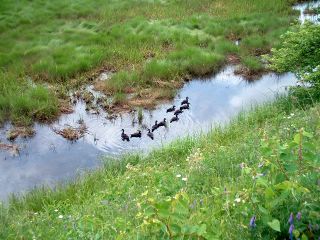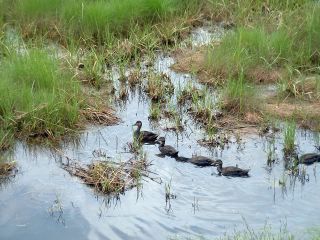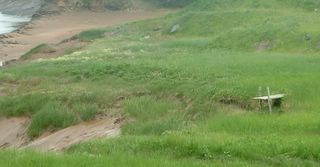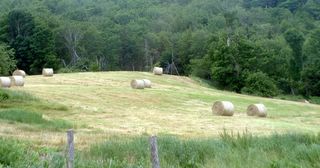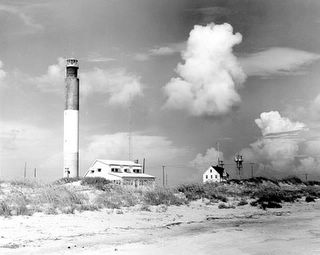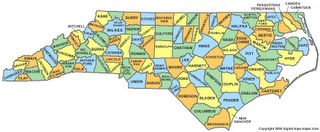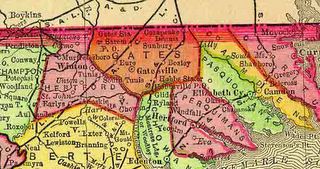The Arcadian Times-Transcript
This is a place that I post some of my more manic ramblings and interest items.Imagery is very important to me so I sometimes tend to let pictures speak for themselves.While most of the information here deals with the people and history of greater Atlantic Canada, Oak Island seems to take the forefront due to an ancestral connection. The Canadian Military's mission to Afghanistan is also commented on here. You are bound to find worldwide items of interest as well.
Saturday, July 02, 2005
Clan MacInnes offers to help with the genealogy of Donald (Daniel)(McGinnis)

Good Morning from Scotland, Kel,
The Oak Island Mystery - The Money Pit
I have been fascinated by the story of 'The Money Pit' for many years and look forward to some serious appraisal of the 'Mystery,' and particularly your work on Donald (Daniel) McGinnis.
We will try to help in tracing more about Donald (Daniel) McInnes and Miles McInnes. McGinnis is of course an old form of spelling MacInnes from the Gaelic - MacAonghais. If you have further Scottish information that you feel may help, please let me know.
You will probable know that the Gaelic name for Donald is Domhnall. Many clergymen - often non-Gaelic speaker - registered the name using the more familiar and biblical name of Daniel in the Old Parish Records and other documents. Miles or the nickname 'Mylo' is a very common Christian name among the MacInneses of the Isle of Skye.
Meantime, I have asked our Skye MacInnes genealogical researchers if they can unearth any information for your goodself.
If you would like to write a short account about the Oak Island Mystery, Kel, I would be happy to print the material in our Clan Association newsletter.
Aye yours,
Donald
Friday, July 01, 2005
Thursday, June 30, 2005
Wednesday, June 29, 2005
Tuesday, June 28, 2005
"King George and Broadswords!!!" - Cross Creek NC
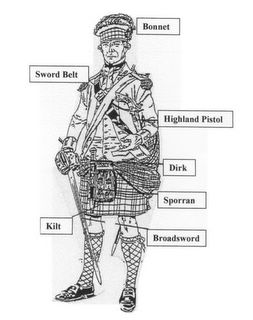
Highland Loyalist
"Gov. Martin believed 10,000 Loyalists could be recruited in the colony. The governor had friends in Cross Creek (Fayetteville), so he sent Alexander McLean to recruit his supporters there. Along with McLean, two British army officers, Gen. Donald MacDonald and Capt. Donald McLeod (Scottish Highlanders) were sent to Cross Creek because of their ability to speak Gaelic. Cross Creek had been settled by Scottish Highlanders, and their native language was Gaelic. At Cross Creek they recruited only 1600 Loyalists to fight, the majority of whom were Scots. These Scots were to receive 200 acres of land, would not have to pay taxes for 20 years, and be reimbursed for the supplies they used. The Loyalists then set out for the coast near Wilmington.
The Patriots learned of Martin's plan. Three officers were deployed: Colonel James Moore, Colonel Richard Caswell and Colonel Alexander Lillington. Colonel Moore, the commander, blocked the most direct route to the sea at Rockfish Creek near Cross Creek. When Moore had established his troops there, Gen. MacDonald and the Loyalists were forced to use Negro Head Point Road, a route that crossed Moores Creek. Col. Lillington and his 150 minutemen were sent to block Moores Creek Bridge. Lillington's men built earthworks on the east bank of the creek, in sight of the bridge. Caswell and his 850 militiamen were the next to arrive at the creek. They brought two pieces of artillery. Old Mother Covington was a 2 ½ pound cannon and her "daughter" was a ½ pound swivel gun. Col. Caswell and some of his men set up camp on the west bank of the creek.
Meanwhile, the Loyalists had traveled within six miles of the bridge. The Loyalists sent a messenger to the Patriot camp under a flag of truce. The messenger informed the Patriots that they would be pardoned if they would surrender and declare their loyalty to the king. The Patriots refused and sent the messenger back. However, the messenger had secured important information. He reported to MacDonald that the Patriots were camped with the creek to their backs. Gen. MacDonald who wanted to move his troops to the coast without engaging in battle, fell ill, and Capt. McLeod assumed command of the Loyalists.
Later that evening, Caswell moved his men to the east bank of the creek joining Col. Lillington's Patriots. After everyone was across, Caswell's men removed some of the planks from the bridge. They left the tents up and the campfires burning on the west bank to make the Loyalists believe they had just left the camp.
On February 27, 1776 at 1 am, the Loyalists started their march to Moores Creek. They arrived at daybreak to find Caswell's camp empty. McLean saw some men on the other side of the bridge. The men asked McLean if he was a friend. McLean replied, " to the King." The men fell back to the earthworks. McLean then called out to the men in Gaelic. There was no reply. He realized the men were Patriots and reported this to Capt. McLeod.
Capt. McLeod rallied his troops and moved to the bridge, where he discovered that the planks had been removed. To the cry of, "King George and Broadswords," the Loyalists crossed the girders. As they charged along the causeway, they met the cannon and musket fire of the Patriots. Loyalists fell along the road and on the bridge, some drowning in Moores Creek.
Within minutes the battle was over. Over 30 Loyalists were killed, including Capt. McLeod. One Patriot, John Grady, died from wounds sustained in the battle and one other was injured. The remaining Loyalists fled for safety. Some of them were captured and imprisoned, including Gen. Donald MacDonald. The Patriots, who numbered about 1000, had defeated 1600 Loyalists.
After the battle, captured Loyalists who were not officers were released after taking an oath not to raise arms against the Patriot cause in the future. The officers, however, were in- carcerated in Halifax, North Carolina, which was soon bulging with Loyalist prisoners of war.
The Patriot victory at Moores Creek, convinced North Carolina to instruct its delegates to the Second Continental Congress to vote for independence from Great Britain. This made North Carolina the first of the colonial governments to call for total independence.
In May 1776, The British fleet, after battling high winds and heavy seas for more than two months, finally dropped anchor in the Cape Fear River. After hearing of the Patriot victory at Moores Creek Bridge, the British fleet sailed for Fort Sullivan, near Charleston, South Carolina. On June 28, the British ships opened fire upon the half-completed fort and its 413 patriot defenders. From 11:00 A.M. to about 9:30 P.M., the British ships continuously fired, and the patriots returned fire with their twenty-five guns.
The fort's palmetto logs did not splinter when hit and the sand absorbed the shots. The British fleet abandoned the fight and sailed to the North where the war would be fought for the next four years. The British would not invade the South again until 1780."
Eof F- Lt. Miles McInnes was captured and released in this action in 1776. One might assume that Captain Donald McInnes was there as well. Time and research will tell the tale.
Monday, June 27, 2005
Running east from the ACKLEY farm is an old road known as Pike's Lane. On this road lived one XXXXXS RXXXX who in his younger days, according to tradition, sailed over the seas with Captain Robert KIDD.



